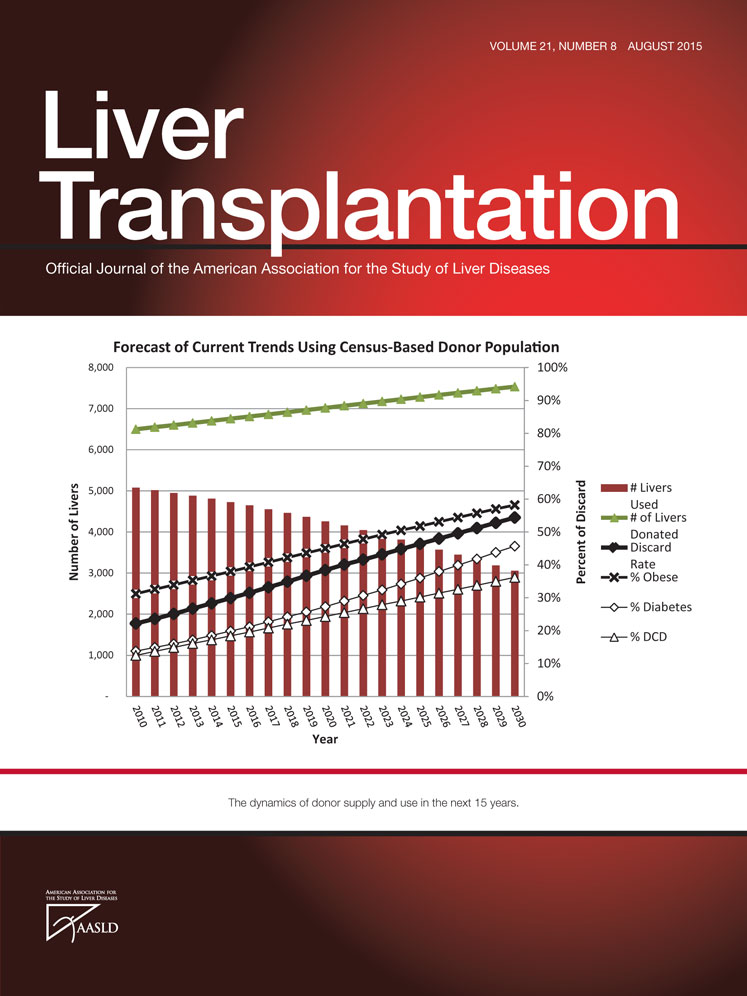Reply
We thank Soyama et al.1 for their comments on our study that examined the incidence and predictors of acute and chronic postsurgical pain after living liver donation.2 We agree that these issues as well as other scar-related complaints, such as numbness and sensory abnormalities, that arise after living liver donation merit further study. As to date they have received little attention in the literature.
Paresthesias, numbness, and other sensory abnormalities are common complications of other major surgeries. In particular, sensory abnormalities have been reported to be more prevalent than moderate to severe chronic pain following thoracotomy,3 radial artery and saphenous vein graft harvest for coronary artery bypass surgery,4 and hernia repair.5 The prevalence and impact of these issues after living liver donation remain poorly understood.
We hypothesize that there are important associations between the nature and prevalence of pain and other scar-related complaints, donor quality of life, and satisfaction with the donation process. It is important to understand these issues so that donors can be fully informed before making a decision to donate. Further information will soon be forthcoming from the Adult-to-Adult Living Donor Liver Transplantation Cohort Study, a 9-center consortium funded by the National Institutes of Health, which is examining the prevalence of somatic complaints, including persistent numbness, tension, and pain around the surgical site, as well as risk and protective factors for these poor outcomes.
Moving forward, our work demonstrates that it is critical to follow donors closely from a pain perspective.2 This includes identifying patients with increased acute hospital needs, as well as creating a consistent recourse for the substantial proportion of patients who continue to struggle after discharge, with a focus on modifying their long-term trajectory.6 At the University Health Network, we have developed a unique Transitional Pain Service to support this effort.7
-
Susan Holtzman, Ph.D.1
-
Hance A. Clarke, M.D., Ph.D., F.R.C.P.C.2,3
-
Stuart A. McCluskey, M.D., Ph.D., F.R.C.P.C.2,3
-
Kara Turcotte, M.A.1
-
David Grant, M.D., F.R.C.S.C.4
-
Joel Katz, Ph.D.2,3,5
-
1Department of Psychology
-
University of British Columbia, Okanagan
-
Kelowna, BC, Canada
-
2Department of Anesthesia
-
University of Toronto
-
Toronto, ON, Canada
-
3Department of Anesthesia and Pain Management
-
Toronto General Hospital
-
Toronto, ON, Canada
-
4Multiorgan Transplant Program
-
Toronto General Hospital
-
University Health Network
-
University of Toronto
-
Toronto, ON, Canada
-
5Department of Psychology
-
York University
-
Toronto, ON, Canada




